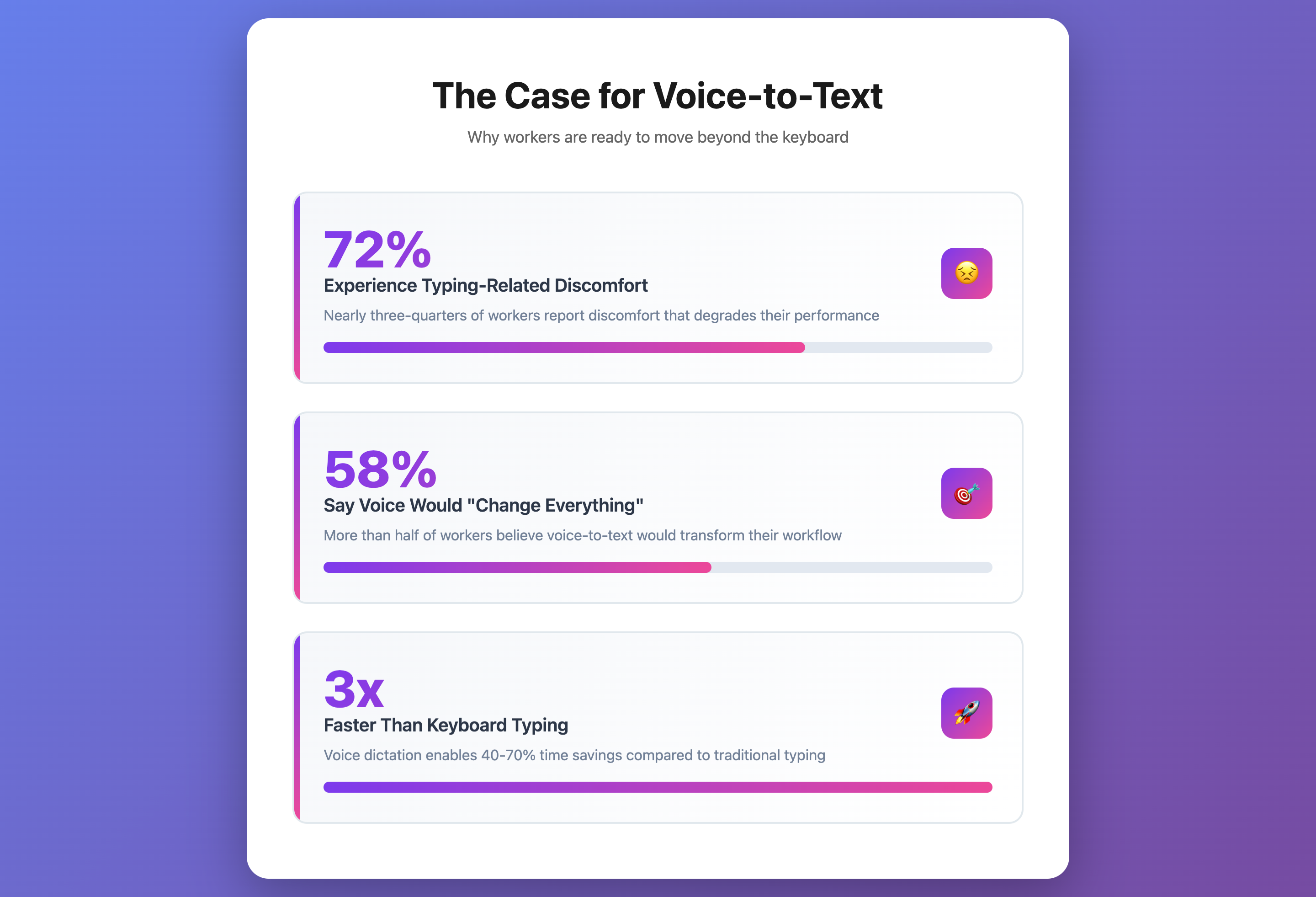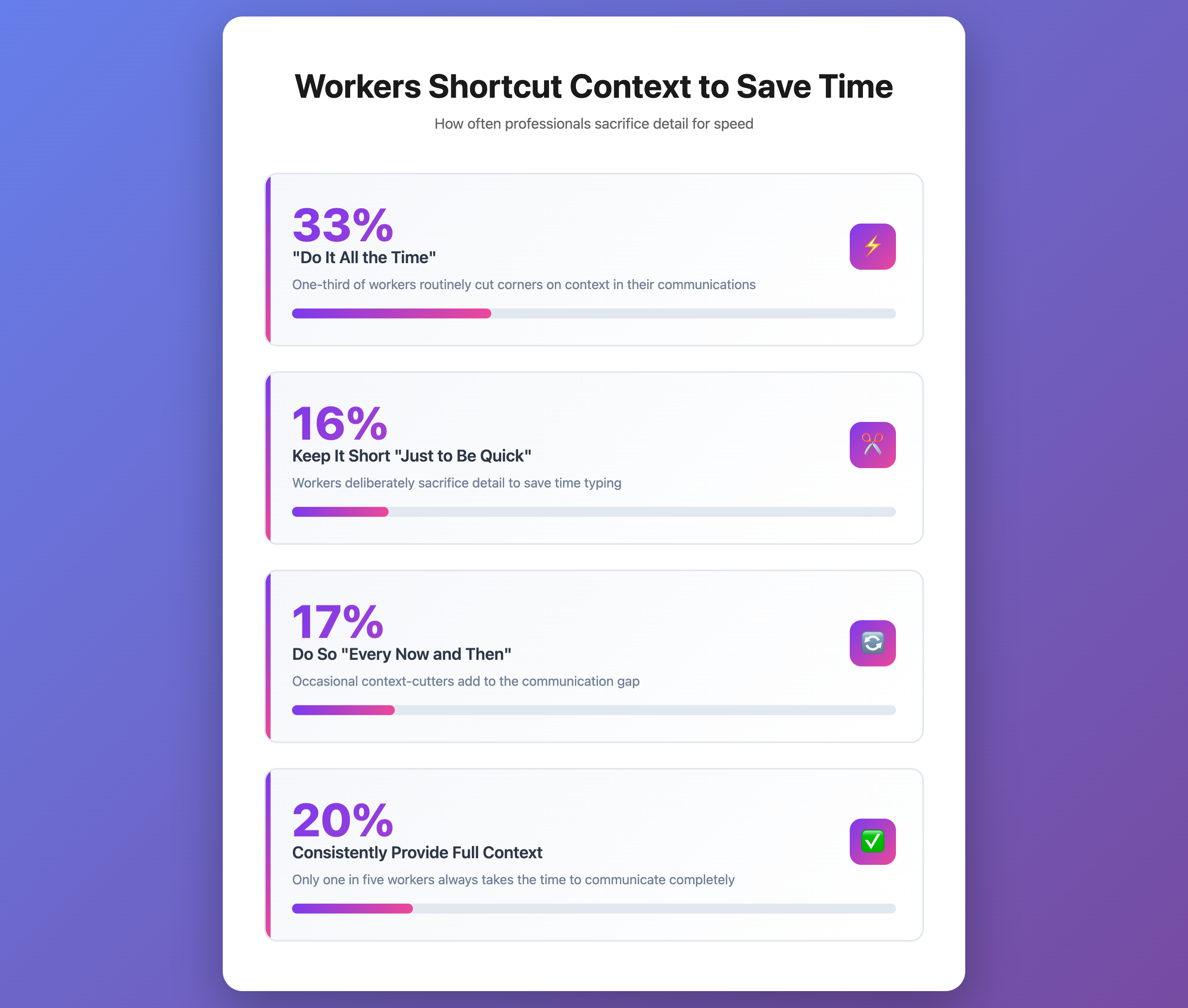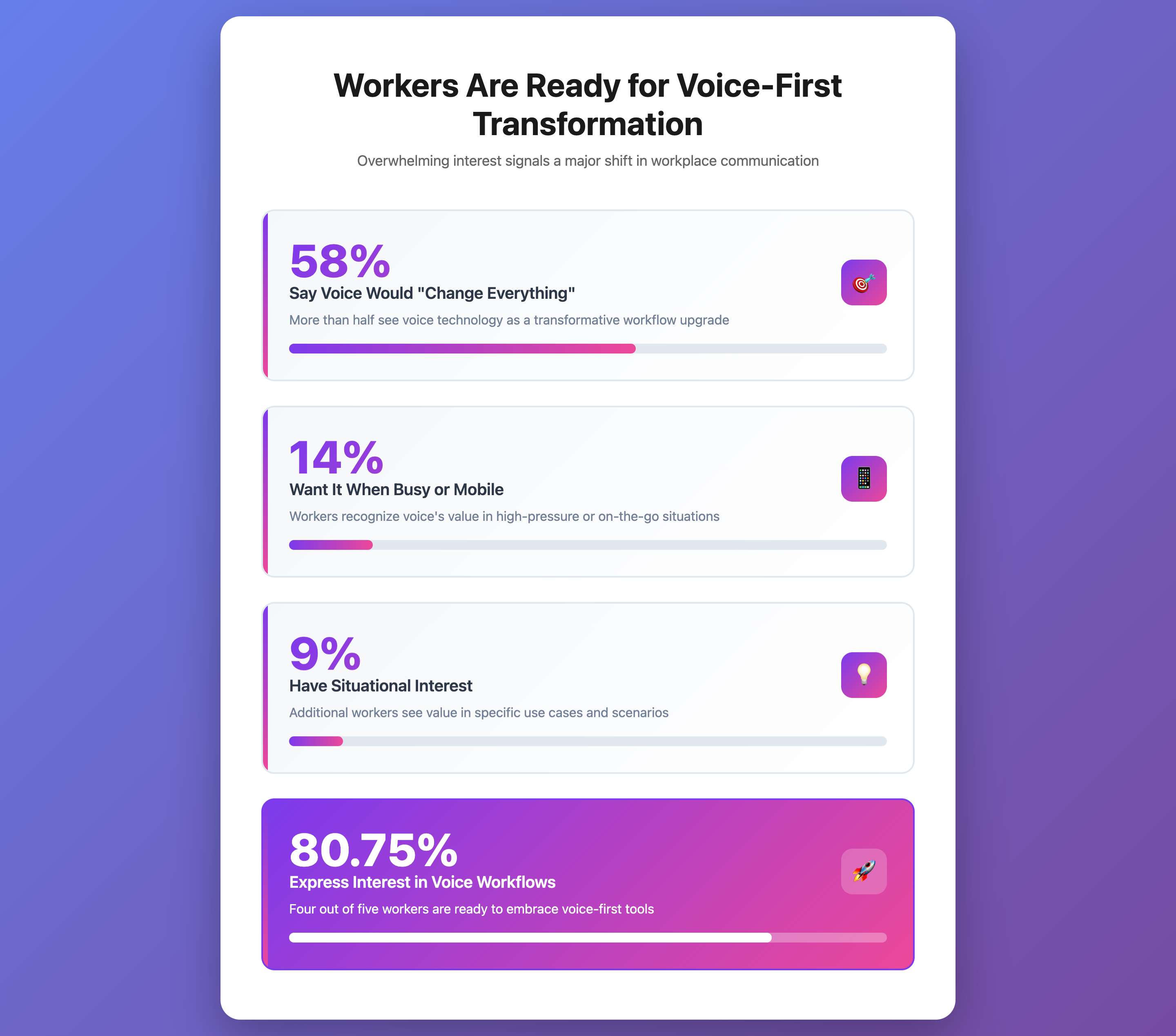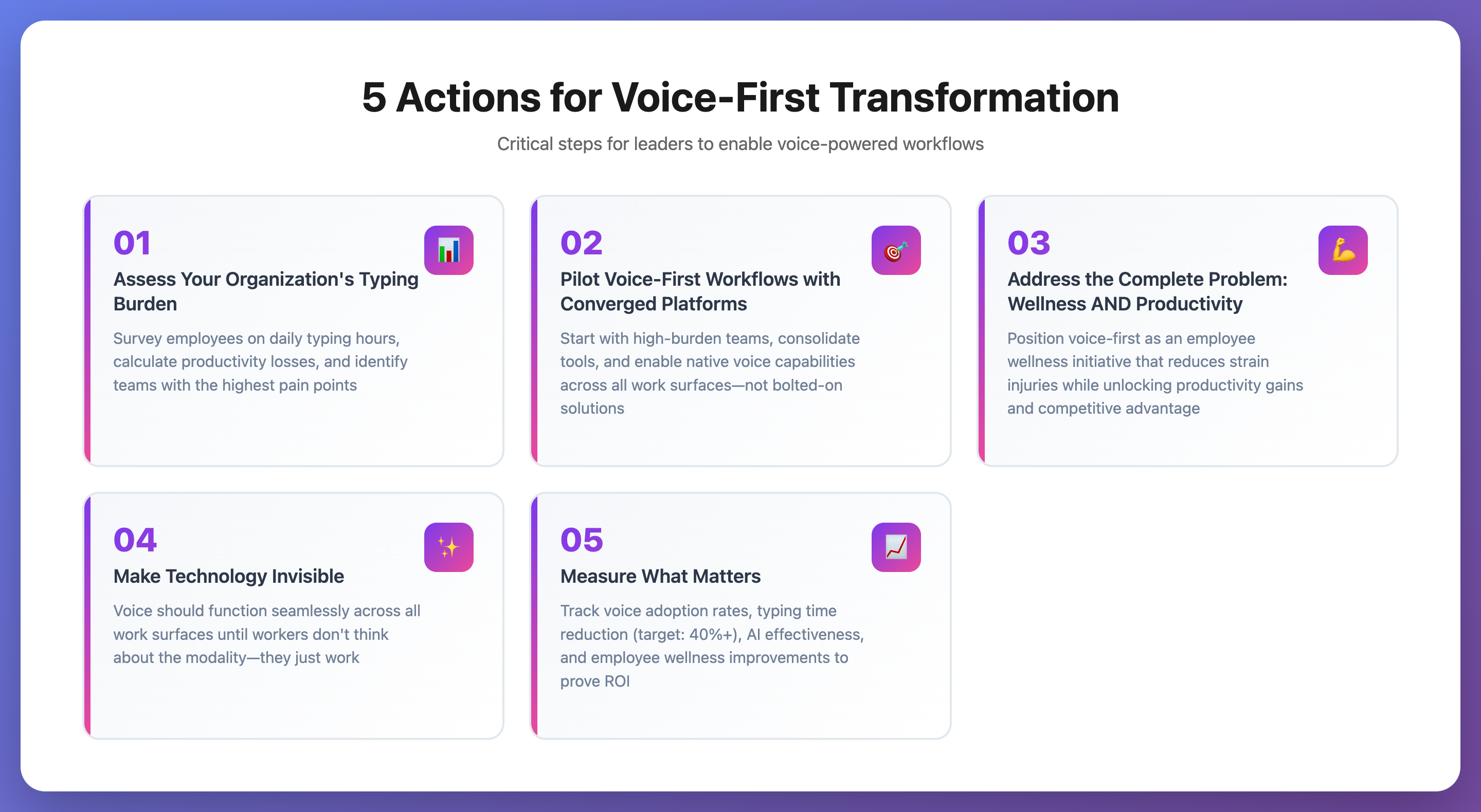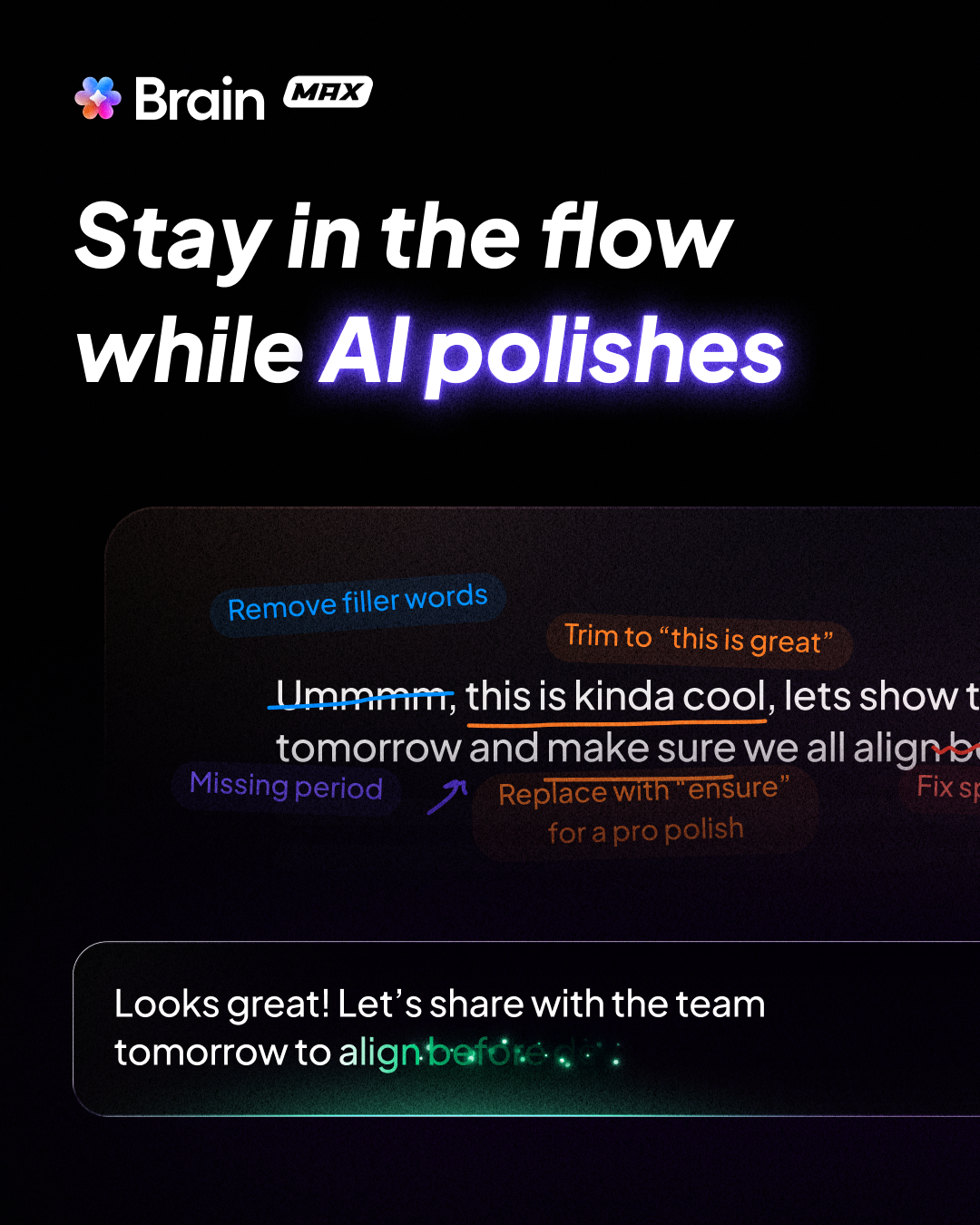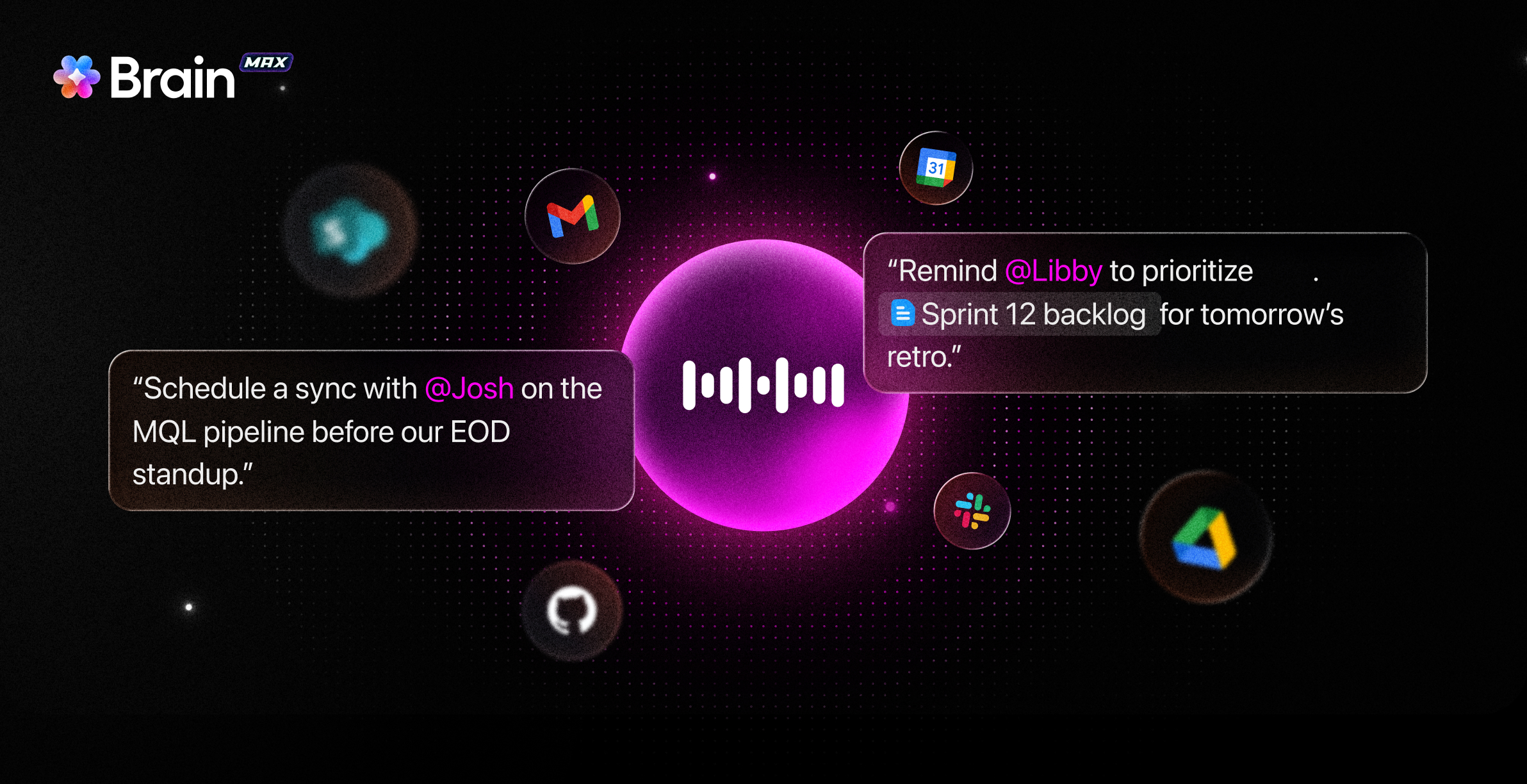Executive Summary
A hidden wellness crisis is sabotaging productivity across modern workplaces, and workers are desperate for a solution.
Our survey of 527 knowledge workers exposes an urgent crisis hiding in plain sight: 72% experience typing-related discomfort that degrades performance, while 33% actively compress their communication to avoid typing—directly sabotaging the effectiveness of AI tools and team collaboration.
Yet the same research reveals extraordinary readiness for change: 58% say voice-to-text would "change everything" about their workflow, with 80.75% expressing interest in voice-first work.
Our Survey Reveals Three Interconnected Crises
A Workforce Fatigued by Typing:
- 72% of workers experience typing-related discomfort that degrades performance
- 37% face frequent pain from typing
- 61% spend 1+ hours daily typing, with 22% typing 4-6 hours and 14% exceeding 7 hours
This wellness emergency directly degrades worker performance.
Workers Compromise on Communication and Context:
- 33% compress communication "all the time" to avoid typing
- Another 16% keep it short "just to be quick"
- Only 20% consistently provide full context
This compression creates a vicious cycle that undermines AI effectiveness.
App Sprawl Amplifies the Typing Burden
- 48% type into 1-2 tools every workday
- 27% type into 3-4 tools every workday
- 13% type between 5-6 tools and 12% have "lost count" (7+ tools)
This fragmentation multiplies the physical and cognitive burden of typing.
The Opportunity: Workers Are Ready for Voice-First Transformation
- 58% say voice-to-text would "change everything" about their workflow
- 80.75% express interest in voice-first workflows (including situational use)
- 42% already use speech-to-text despite current limitations
- 31% say they'd experience major productivity benefits from reducing typing by 40%
The Bigger Picture: Voice-First Workflows are Key to AI Transformation
When connected to industry research, these findings reveal how voice-first workflows unlock compounding benefits:
- Organizations lose $2.5 trillion annually to Work Sprawl¹—fragmented tools and broken workflows
- Workers toggle between apps 1,200 times daily², losing 4 hours weekly to context switching²
- 79% say AI prompting effort outweighs value received³, with 45% abandoning AI tools in the past year³
The Path Forward
Voice-first workflows aren't just about reducing typing—they're the gateway to solving Work Sprawl and enabling AI Transformation.
Organizations that unify their tools, embrace voice interaction, and deploy context-aware AI will capture compounding advantages while others remain trapped in the sprawl crisis.
